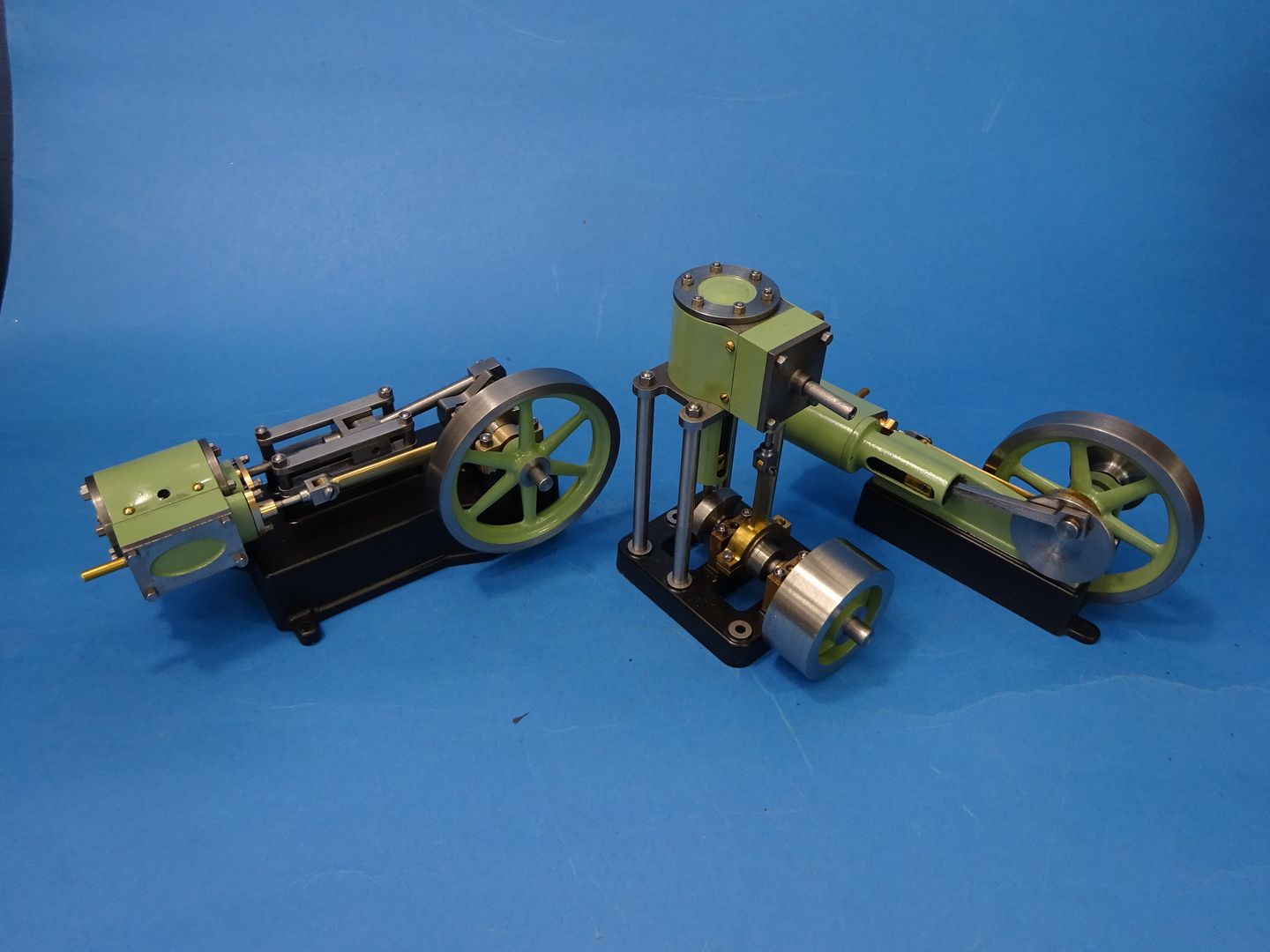If I may suggest a slightly different approach to your material selection conundrum, I will give it a try.
Because most of us are working on models and only need tiny amounts of specialty materials, we are often left with:
1. What can I find?
2. What can I buy?
3. What can I afford?
And finally,
4. Will it work well enough in the application.
We start looking around for dowel pins, shafting, drill blanks, anything that might be at all close. And it usually isn't our first choice of a material for the application.
But after you find something that you can buy, and that might possibly work, look the material up on
www.matweb.com
They have specs on just just about any material you can think off and you might actually be able to find the particular characteristic you need listed and quantified. Some of the common materials have all sorts of properties listed, including the same properties but in different heat treat conditions.. It does eat up a serious amount of time doing the research, but you might find an available materials that checks all of the boxes....... or at least most of them, LOL.




































